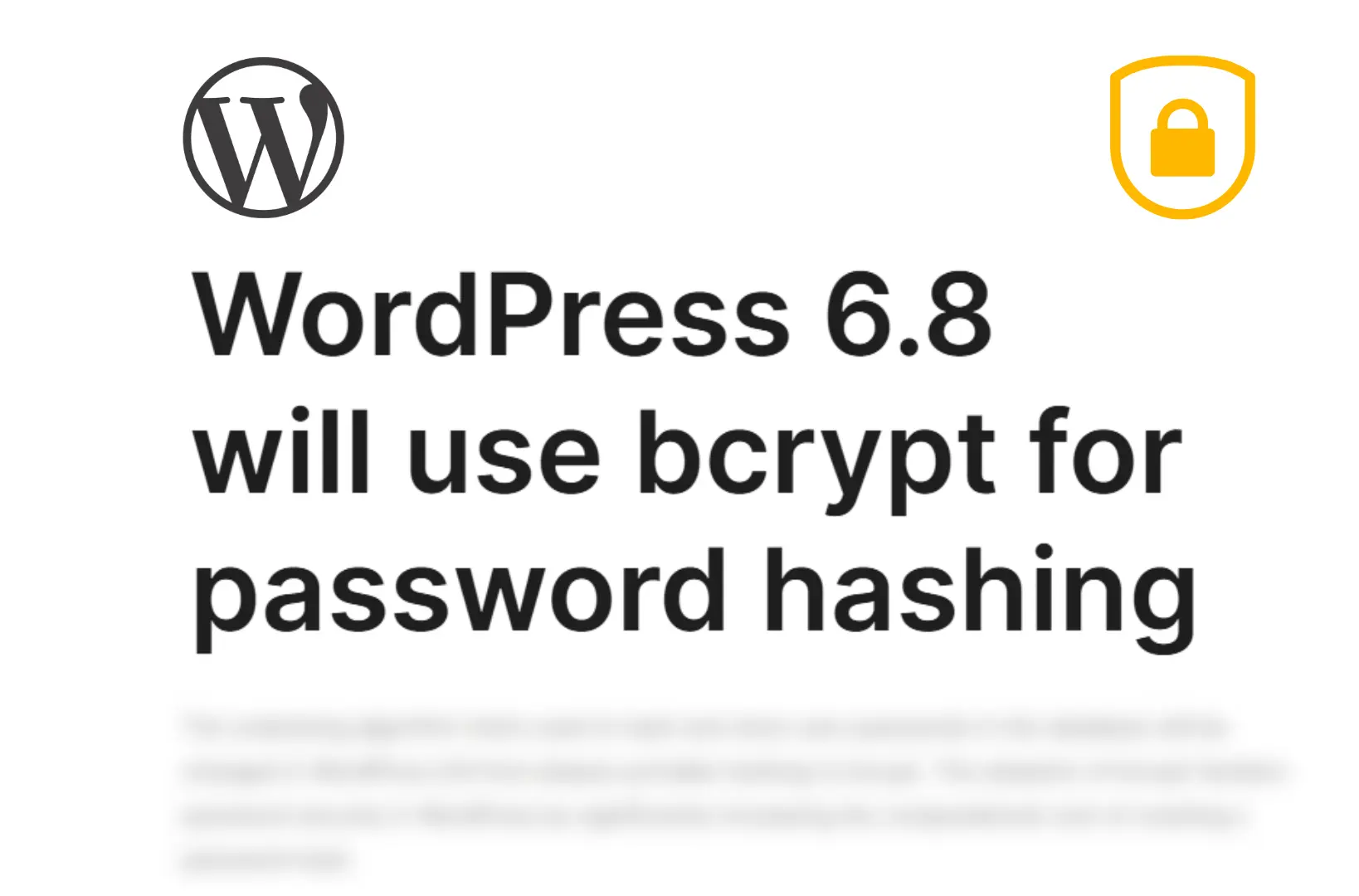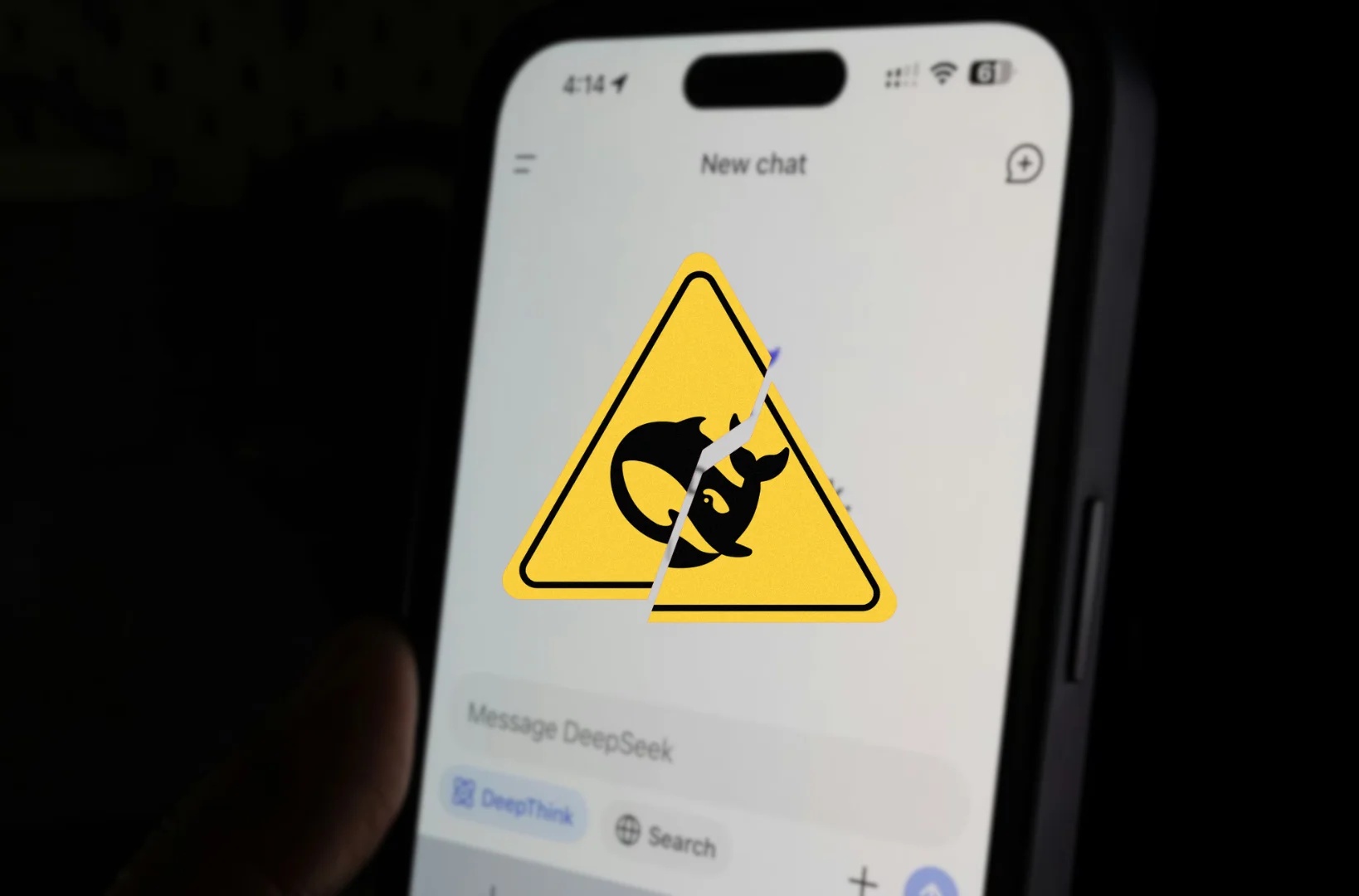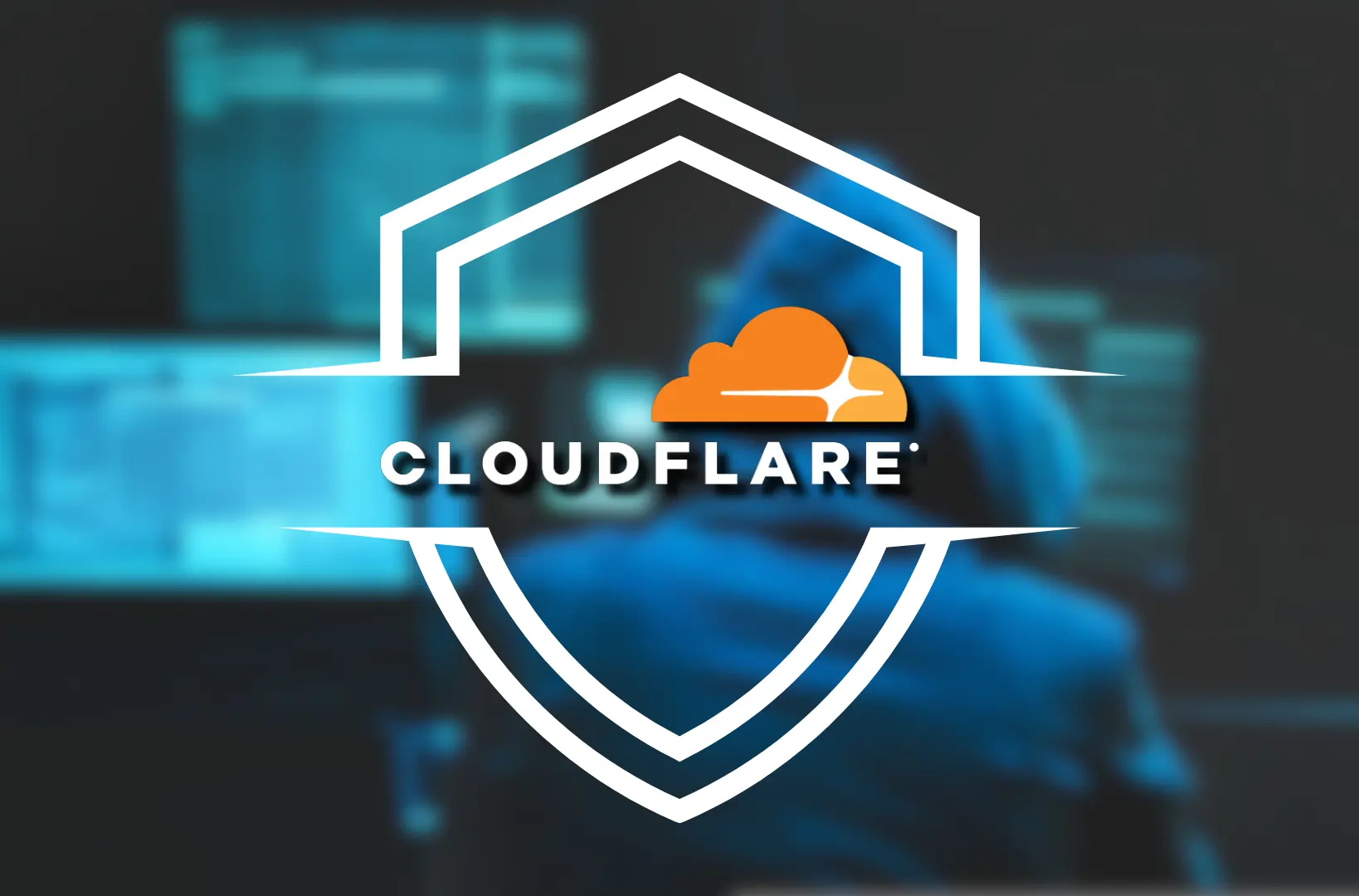Bank of America Breach, cybersecurity threats are evolving at an alarming pace, leaving no industry untouched. Recent events such as the Bank of America data breach, rising cybersecurity vulnerabilities in the trucking sector, and a Treasury Department hack linked to the notorious Silk Typhoon hacking group have amplified the urgent need for robust security measures across all domains. These incidents are not isolated; they are part of a broader wave of sophisticated cyberattacks reshaping the global threat landscape.
Bank of America Breach: A Wake-Up Call for Financial Institutions
One of the most trusted financial institutions, Bank of America Breach, recently faced a devastating data breach. This incident compromised sensitive customer information, including account numbers, transaction records, and personal identifiers. For millions of customers who rely on the bank for secure financial services, the bank of America Breach is both a violation of trust and a potential gateway to identity theft and fraud.
Why This Matters
- Financial institutions are prime targets due to the sheer volume of sensitive data they store.
- Data breaches can lead to widespread financial losses, legal ramifications, and reputational damage.
How to Mitigate Such Risks
- Advanced Threat Detection Systems: Leverage AI-powered monitoring tools to identify anomalies in real-time.
- Data Encryption: Ensure all customer data is encrypted both at rest and in transit.
- Customer Awareness: Educate customers on recognizing phishing attempts and securing their accounts with strong, unique passwords.
Trucking Industry Under Siege: The Hidden Cybersecurity Crisis
The trucking and logistics industry, critical to global supply chains, is becoming an increasingly vulnerable target for cybercriminals. Exploiting outdated software and weak security protocols, hackers can disrupt operations, reroute shipments, or even steal cargo.
Key Risks in the Trucking Sector
- GPS Exploits: Hackers can manipulate GPS systems, leading to rerouted or hijacked cargo.
- Ransomware Attacks: Malware can cripple fleet management systems, halting operations and causing financial losses.
- Data Breaches: Sensitive supply chain data, if stolen, can be exploited for competitive sabotage or sold on the dark web.
Solutions for Building Cyber Resilience
- Modernize Infrastructure: Upgrade software and hardware to withstand modern cyber threats.
- Employee Training: Conduct regular cybersecurity workshops to help employees identify phishing and ransomware attempts.
- Incident Response Plans: Develop and test response protocols to minimize downtime in the event of an attack.
Treasury Hack: Silk Typhoon Raises National Security Concerns
In a brazen display of sophistication, the state-sponsored hacking group Silk Typhoon has been linked to a targeted attack on the U.S. Treasury Department. The Bank of America Breach focused on accessing sensitive economic data and communication channels, signalling the rising threat posed by advanced persistent threats (APTs).
The Broader Implications
- Economic Disruption: Attacks on government institutions can destabilize markets and erode public trust.
- National Security Risks: Such breaches may expose strategic economic policies, giving adversaries a competitive edge.
- Global Ripple Effects: As interdependent economies are affected, the consequences extend far beyond national borders.
Strengthening National Defenses
- AI-Powered Threat Intelligence: Use machine learning to predict and counteract APT tactics.
- International Collaboration: Foster global alliances to share intelligence and counter state-sponsored attacks.
- Zero Trust Architecture: Adopt security frameworks that verify all system interactions by default.
The Bigger Picture: Cyber Resilience Is a Shared Responsibility
The string of recent attacks underscores an undeniable truth: cybersecurity is not just a technological issue; it’s a business, economic, and societal imperative. Both organizations and individuals must take proactive steps to combat these threats.
Actionable Steps to Safeguard Against Cyber Threats
- Adopt a Zero Trust Approach: Trust nothing, verify everything. Build defenses assuming breaches are inevitable.
- Regular Updates and Patches: Vulnerable, outdated systems are low-hanging fruit for attackers.
- Cyber Hygiene Practices: Encourage strong passwords, multi-factor authentication (MFA), and cautious online behavior.
- Invest in Cyber Insurance: Protect against financial fallout from potential breaches.
- Continuous Monitoring: Implement 24/7 security operations centers (SOCs) to detect and neutralize threats in real-time.
Conclusion: The Time to Act Is Now
The Bank of America breach, vulnerabilities in the trucking industry, and the Treasury hack are not just headlines—they are warnings. Cybercriminals are more organized, resourceful, and persistent than ever before. Whether you’re a financial giant, a logistics company, or a government institution, the time to bolster your defenses is now. A unified approach to cybersecurity, combining technology, education, and collaboration, is the only way forward.
What measures do you believe are critical for staying ahead of these escalating cyber threats? Let’s start a conversation and build a safer digital world together.
Suggested reads:
- A Day in the Life of a Phishing Crew How They Operate
- FunkSec AI Ransomware Hits 85 Victims with Double Extortion
- Phishing Texts Hit iMessage Users: How to Protect Yourself

Jahanzaib is a Content Contributor at Technado, specializing in cybersecurity. With expertise in identifying vulnerabilities and developing robust solutions, he delivers valuable insights into securing the digital landscape.








